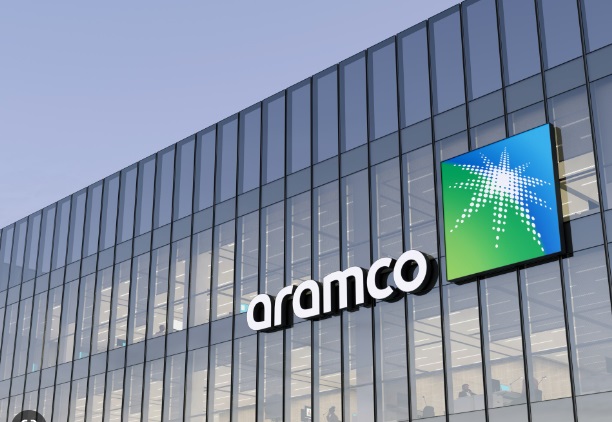The Saudi Arabia oil giant, Aramco, has reported it made $161 billion from its operations in 2022.
The largely state-owned oil company cashed in on a tumultuous year in energy markets that resulted in high oil prices.
The Saudi Arabian producer said it sold more oil than in 2021, improved refining margins and benefited from strong crude prices, which helped net income rise 47 per cent to its highest since the company began publishing results after listing in 2019.
But the result from Saudi Arabia was in sharp contrast to that of Nigeria, which is still struggling to meet its Organisation of Petroleum Exporting Countries (OPEC) quota, blaming this on oil theft and vandalism of its pipeline infrastructure.
Saudi Arabia currently produces over 10 million barrels per day (bpd) and has produced all of its OPEC allocation, with some spare capacity.
Aramco, made the huge profits completed a record set of earnings for the world’s biggest oil and gas companies after fossil fuel prices soared last year due to disruption from Russia’s full-scale invasion of Ukraine.
Shell reported 2022 earnings of almost $40 billion, the highest in its 115-year history, while ExxonMobil made profits of $55.7 billion, the most ever for a Western oil company.
Saudi Aramco is the world’s biggest crude producer and one of the few companies with excess production capacity that can be used by the Saudi Arabian government to increase or decrease supply in line with global demand.
It increased output through 2022 before Saudi Arabia, in partnership with other members of OPEC cartel, defied US pressure and cut production in November in response to what it said was a weaker outlook for demand.
Last year, it produced 11.5 million barrels a day of crude oil and other liquids, representing about 10 per cent of the world’s crude supply, the FT report said.
While many rivals have slowed investment in oil supply as they seek to reduce their emissions, Saudi Aramco is one of few companies investing in increasing its maximum production capacity, from 12 million barrels per day to 13 million.
According to the Aramco results, total capital expenditure in 2022 was up 18 per cent year-on-year, at $37.6 billion, compared with $24.8 billion spent by Shell. Saudi Aramco expects to spend $45 billion to $55 billion in 2023.
Chief Executive of Aramco, Amin Nasser, was quoted as saying that the “risks of under-investment” in oil and gas production were real and already contributing to higher prices.
“To leverage our unique advantages at scale and be part of the global solution, Aramco has embarked on the largest capital spending programme in its history,” Nasser added.
Aramco’s free cash flow from operations was $148.5 billion, compared with $107.5 billion in 2021, the financial report stated. Also, on the back of record profits, Aramco increased its dividend, one of the biggest pay-outs in the world, by four per cent for the fourth quarter to $19.5 billion, to be paid by the end of March.
The payment was a vital source of revenue for the Saudi Arabian government, which still directly owns 94 per cent of Saudi Aramco stock. It listed just under two per cent of the company’s shares in December 2019 and passed another four per cent to the Saudi sovereign wealth fund last year.
Aramco’s results are consistent with record profits for 2022 reported by the five oil majors –- Shell, Chevron, ExxonMobil, BP and TotalEnergies — which surpassed $150 billion and would have been closer to $200 billion without costly withdrawals from Russia.
They also fuelled Saudi Arabia’s overall economic growth, which officials put at 8.7 per cent in 2022, the highest rate in the G20.
Energy prices are expected to stay elevated in 2023, in part because of production cuts approved last October by the OPEC+ cartel that Riyadh co-leads with Moscow, a move harshly criticised by Washington.
Published by ThisDay













